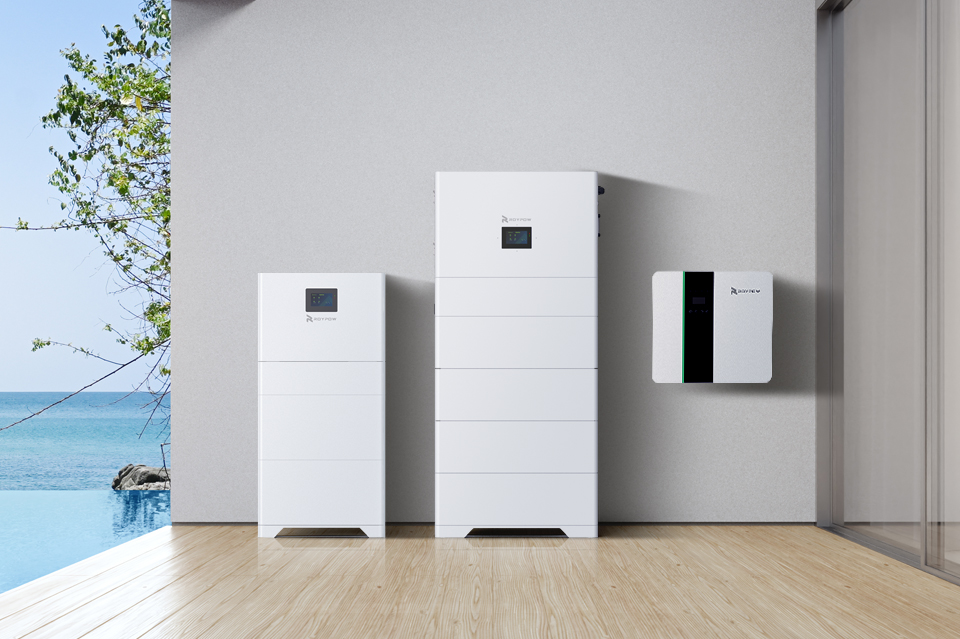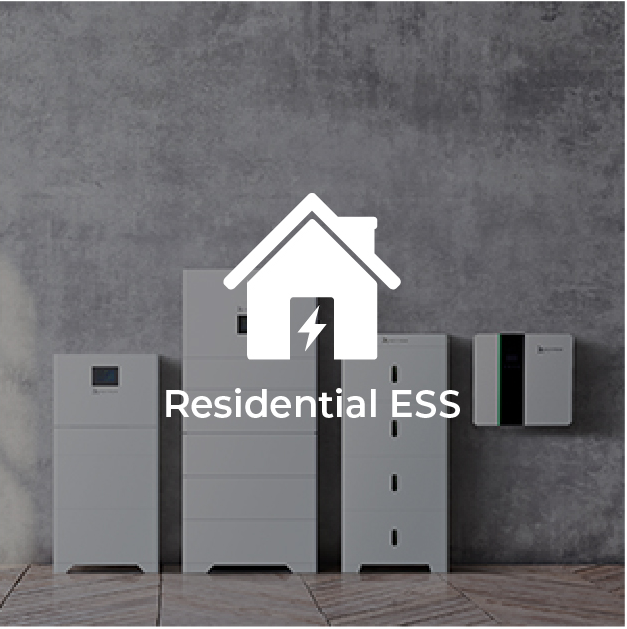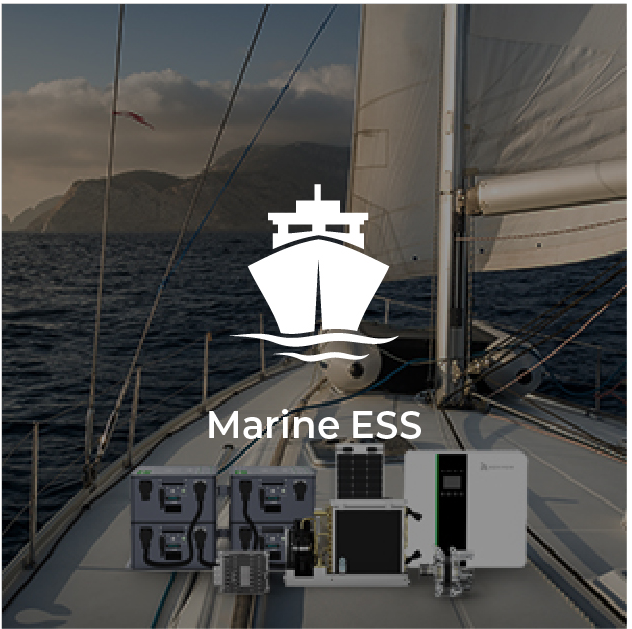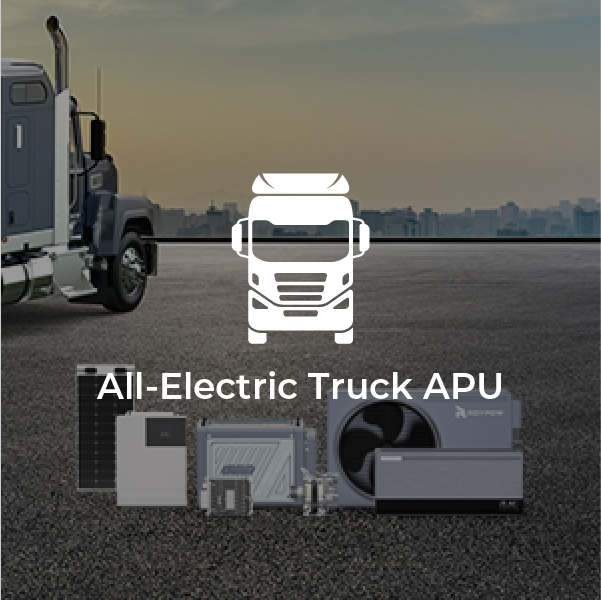A hybrid inverter is a relatively new technology in the solar industry. The hybrid inverter is designed to offer the benefits of a regular inverter coupled with the flexibility of a battery inverter. It is a great option for homeowners looking to install a solar system that includes a home energy storage system.
The Design of a Hybrid Inverter
A hybrid inverter combines a solar inverter’s functions and a battery storage inverter into one. Consequently, it can manage power produced by the solar array, the solar battery storage, and power from the grid.
In the traditional solar inverter, direct current (DC) from the solar panels is converted into alternating current (AC) to power your home. It also ensures that excess energy from the solar panels can be fed directly into the grid.
When you install a battery storage system, you have to get a battery inverter, which converts DC power in the batteries into AC power for your home.
A hybrid inverter combines the functions of the two inverters above. Even better, the hybrid inverter can draw from the grid to charge the battery storage system during periods of low solar intensity. Consequently, it ensures your home is never without power.
The Main Functions of a Hybrid Inverter
A hybrid inverter has four main functions. These are:
Grid Feed-In
A hybrid inverter can send power to the grid during excess production from the solar panels. For grid-tied solar systems, it acts as a way to store excess power in the grid. Depending on the utility provider, system owners can expect some compensation, either in direct payment or credits, to offset their bills.
Charging Battery Storage
A hybrid inverter can also charge excess solar power into the battery storage unit. It ensures that cheap solar power is available for later use when grid power is going for a premium. Additionally, it ensures the home is powered even during outages at night.
Solar Load Consumption
In some cases, the battery storage is full. However, the solar panels are still producing power. In such an instance, the hybrid inverter could direct power from the solar array directly into the home. Such a situation minimizes the use of grid power, which can lead to huge savings on utility bills.
Curtailment
Modern hybrid inverters come with a curtailment feature. They can reduce the output from the solar array to prevent it from overloading the battery system or the grid. That is often a last resort and is used as a safety measure to ensure the stability of the grid.
The Benefits of a Hybrid Inverter
An inverter is designed to convert DC power from solar panels or battery storage into usable AC power for your home. With a hybrid inverter, these basic functions are taken to a new level of efficiency. Some of the benefits of using a hybrid inverter are:
Flexibility
Hybrid inverters can work with a variety of different-sized battery storage systems. They can also work efficiently with different battery types, which makes them a convenient option for people who plan the size of their solar system later.
Simplicity of Use
Hybrid inverters come with intelligent software backed by a simple user interface. Consequently, they are extremely easy to use, even for anyone without advanced technical skills.
Bi-Directional Power Conversion
With a traditional inverter, the solar storage system is charged using either DC power from the solar panels or AC power from the grid converted into DC power during low solar intensity. The inverter then needs to convert it back to AC power for use in the home to release power from the batteries.
With a hybrid inverter, both functions can be done using a single device. It can convert DC power from the solar array into AC power for your home. Additionally, it can convert grid power into DC power to charge the batteries.
Optimal Power Regulation
Solar intensity fluctuates throughout the day, which can lead to surges and dips in power from the solar array. A hybrid inverter will intelligently balance the whole system to ensure safety.
Optimized Power Monitoring
Modern hybrid inverters like the ROYPOW Euro-Standard Hybrid Inverter come with monitoring software that tracks output from the solar system. It features an app that displays the information from the solar system, allowing users to make adjustments where necessary.
Optimal Battery Charging
Modern hybrid inverters are fitted with Maximum Power Point Trackers (MPPT) technology. The technology checks the output from the solar panels and matches it to the battery system’s voltage.
It ensures that there is optimal power output and conversion of DC voltage into the best charge for the charging voltage for the batteries. MPPT technology ensures that the solar system runs efficiently even during periods of reduced solar intensity.
How Do Hybrid Inverters Compare to String and Micro Inverters?
String inverters are a common option for small-scale solar systems. However, they suffer from an inefficiency problem. If one of the panels in the solar array loses sunlight, the whole system becomes inefficient.
One of the solutions developed for the string inverter problem was micro inverters. The inverters are mounted on each solar panel. That allows the users to track the performance of each panel. Micro inverters can be fitted to a combiner, which allows them to send power to the grid.
In general, both microinverters and string inverters have serious deficiencies. Additionally, they are more complex and require numerous additional components. That creates multiple potential points of failure and can lead to additional maintenance costs.
Do You Need Battery Storage To Use a Hybrid Inverter?
A hybrid inverter is designed to work with a solar system connected to a home energy storage system. However, it is not a requirement to make optimal use of the hybrid inverter. It works well without a battery system and will simply direct excess power into the grid.
If your energy credits are high enough, it could lead to huge savings that ensure the solar system pays for itself faster. It is a great tool for maximizing the benefits of solar energy without investing in a battery backup solution.
However, if you are not using a home energy storage solution, you are missing out on one of the main benefits of the hybrid inverter. A major reason why solar system owners opt for hybrid inverters is their ability to compensate for power outages by charging batteries.
How Long Do Hybrid Inverters Last?
The lifetime of a hybrid inverter can vary based on various factors. However, a good hybrid inverter will last for up to 15 years. The figure can vary based on the specific brand and use cases. A hybrid inverter from a reputable brand will also have a comprehensive warranty. Consequently, your investment is protected until the system pays itself through unparalleled efficiency.
Conclusion
A hybrid power inverter has numerous benefits over existing inverters. It is a modern system designed for the modern solar system user. It comes with a phone app that allows owners to monitor how their solar system works.
Consequently, they can understand their power consumption habits and optimize them to reduce electricity costs. Despite being relatively young, it is a proven technology approved for use by millions of solar system owners globally.
Related Article:
How to store electricity off the grid?
Customized Energy Solutions – Revolutionary Approaches to Energy Access
Maximizing Renewable Energy: The Role of Battery Power Storage



















